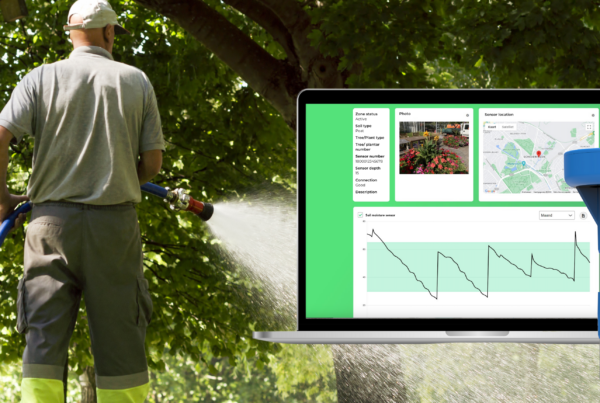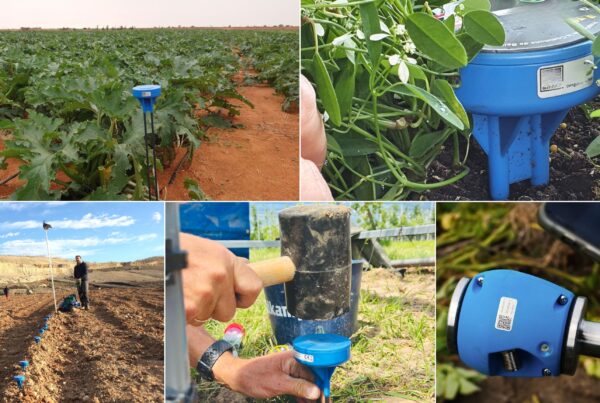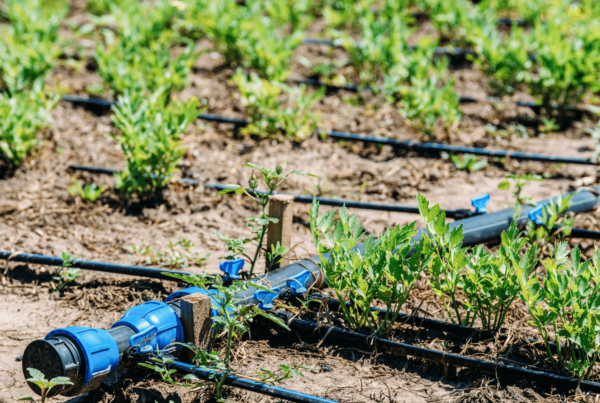In the world of modern agriculture, staying ahead of the curve is essential for optimal crop growth and health. One crucial element in achieving this is monitoring and maintaining proper soil moisture levels. Soil moisture probes and sensors have become invaluable tools for farmers and growers. In this comprehensive guide, we’ll delve into the importance of soil moisture monitoring and explore the various types of sensors available, empowering you to make informed decisions for your agricultural needs.
Why Is Soil Moisture Monitoring Essential?
Before we dive into the world of soil moisture probes and sensors, let’s understand why soil moisture monitoring is paramount for crop health:
- Precision Irrigation: Soil moisture data allows for precise irrigation, ensuring that crops receive just the right amount of water. This not only conserves water resources but also maximizes crop yields.
- Disease Prevention: Monitoring soil moisture levels helps in preventing over-irrigation, which can lead to root diseases. By maintaining the right moisture levels, you reduce the risk of plant diseases.
- Fertilizer Efficiency: Proper moisture levels enable effective fertilizer use. When soils are too dry or too wet, nutrients may not be optimally absorbed by plants.
- Resource Management: Soil moisture sensors aid in efficient resource management. Farmers can make informed decisions about when, where, and how much to irrigate, conserving both water and energy.
Types of Soil Moisture Probes and Sensors:
Soil moisture probes and sensors come in various types, each with its unique set of features and advantages:
- Capacitance Sensors: Capacitance sensors measure the soil’s dielectric permittivity, which is influenced by moisture content. They are reliable, durable, and can be used in a variety of soil types.
- Tensiometers: Tensiometers measure soil water tension, which is the energy required by plant roots to extract water from the soil. These sensors are precise and widely used in agriculture.
- Time Domain Reflectometry (TDR) Sensors: TDR sensors send electromagnetic pulses through the soil to measure moisture levels. They provide quick and accurate readings and can be used in various soil textures.
- Frequency Domain Reflectometry (FDR) Sensors: FDR sensors analyze the soil’s electromagnetic properties at different frequencies to calculate moisture levels. They are highly accurate but often come at a higher cost.
- Gypsum Blocks: Gypsum blocks are passive sensors that measure soil electrical resistance. They are cost-effective but require periodic calibration.
- Neutron Moisture Probes: Neutron probes measure soil moisture through the emission and detection of neutrons. They are highly accurate but usually require trained professionals for operation.
Benefits of Wireless Soil Moisture Sensors:
Traditional soil moisture sensors had the limitation of wired connections. However, modern technology has brought us wireless soil moisture sensors, which offer the following benefits:
- Remote Monitoring: Wireless sensors allow real-time monitoring from a distance. Farmers can receive data on their smartphones or computers, enabling timely decision-making.
- Cost-Effective: Wireless sensors eliminate the need for extensive wiring and associated costs. They are easy to install and maintain.
- Scalability: These sensors are scalable, making it easy to expand your monitoring system as your agricultural operations grow.
- Data Accuracy: Wireless sensors often provide more accurate and consistent data due to minimal interference and disturbance of the soil.
Connecting Soil Moisture Data to Precision Agriculture
Soil moisture data is a fundamental component of precision agriculture. It allows for the optimization of irrigation, which is one of the primary pillars of precision agriculture. By integrating soil moisture sensors with other technologies, such as GPS and weather data, farmers can create a highly efficient and automated agricultural system.
Soil moisture probes and sensors have revolutionized modern agriculture. They enable precision irrigation, resource conservation, disease prevention and the maximizing of crop health. By choosing the right type of sensor and embracing wireless technology, farmers can unlock the full potential of their agricultural operations. As the world’s population continues to grow, harnessing these technologies becomes increasingly crucial for sustainable and efficient food production. Soil moisture monitoring is not just a tool; it’s the future of agriculture.
About Sensoterra
Sensoterra develops low-cost, simple, and robust wireless soil moisture sensors, providing actionable insights that enable water management platforms and solutions. It also benefits crop health and growth. Our sensors are built to integrate into any platform with our unique ‘API first’ philosophy – offering freedom and flexibility for data integration. It is our mission to enable water management platforms and solutions worldwide. We help by ‘Making Sense of Water’. We produce simple, robust, and low-cost wireless soil moisture sensors that are easy to deploy and built to integrate. With proven success in the applications of smart city landscaping, environmental monitoring, and precision agriculture, the Sensoterra solution integrates seamlessly in existing water and land management platforms.
Contact for more information, pictures and/or interview requests:
Jessica Nuboer
Marketing & Communications
Sensoterra
Email: [email protected]






